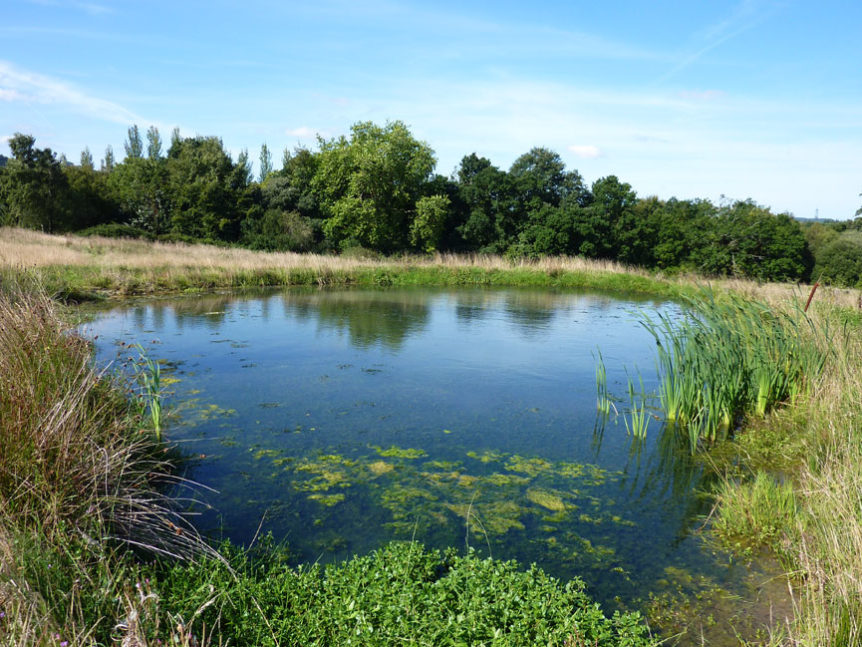Five essential elements of any successful business ecosystem
At first glance, the similarities between the ecosystem of a pond and those of a business may seem unlikely. However, when you go below the surface you will be surprised at how similar they are, and the positive or negative impact that one member can have on the entire ecosystem. I will leave it up to you the reader to think about all of the different elements that must be in place to have a healthy pond, but also think about what happens when there is an imbalance in a pond ecosystem.
Gartner’s document Eight Dimensions of Business Ecosystems Enable the Digital Age defines a business ecosystem as;
A dynamic network of entities (people, businesses and things) interacting with each other to create and exchange sustainable value for participants.
There are numerous other definitions out there but essentially, they deliver the same message – a group of items that must work together in order for there to be a collective success. Sticking on the organic theme, let’s decompose this definition into the following five core elements of a business ecosystem;
- Dynamic
- Network of Entities
- Interacting
- Create and exchange
- Sustainable value
1 – Dynamic
The word dynamic is key, an ecosystem is not stagnant or dormant it is growing, adapting to change can be self-correcting. It may also rely on other ecosystems in order to survive or grow.
2 – Network of Entities
The ecosystem is made up of the people, organizations and things (which could be anything from physical IoT sensors to cars, to applications). These can be referred to as participants, stakeholders or actors. Ecosystem members all have a role to play in order for the ecosystem to thrive, some will be leaders, others followers, orchestrators or partners. Depending on the complexity of the ecosystem some members can play multiple roles – leaders in providing value to some members but a consumer to others.
3 – Interacting
This, in my opinion, is the most important word in the definition as without interaction you do not have an ecosystem. An ecosystem will have many types of interactions; Product/Service, Contractual, Financial, Operational and most importantly Data which is shared between ecosystem members through APIs such as the Open APIs available from TM Forum and FIWARE.
4 – Create and Exchange
Since the beginning of time humans have created items and then exchanged these items for something else. Within a business ecosystem the collective ability to create and exchange items is enabled and strengthened through and by the members to deliver value.
5 – Sustainable Value
The value created and exchanged between members must be sustainable. Value is the benefit provided to ecosystem members through their membership in the ecosystem. It can be measured as money, bookings, likes, Customer Satisfaction, improved health. Those members that are not providing or receiving sustainable value will not remain in the ecosystem and based on their role or importance the ecosystem can become stagnant or die. Also, important that the value is sustainable, this can be achieved through trust and the right business model – both topics for another discussion.
So, if we go back to thinking about a healthy pond ecosystem we know it must have the right balance of elements to sustain life. It must adapt to the conditions, deal with new items been introduced or removed and provide an environment that is healthy for all members. Although nature does have a wonderful way of adapting, we also know that it doesn’t take much to upset the balance and the consequences can be disastrous. Not that different to a business ecosystem but without mother nature!
What are your views on this? Does your business ecosystem have all five of these essential elements? Are they all self-evident or defined and documented? Where are you strongest? Weakest?
Please share your thoughts below.

